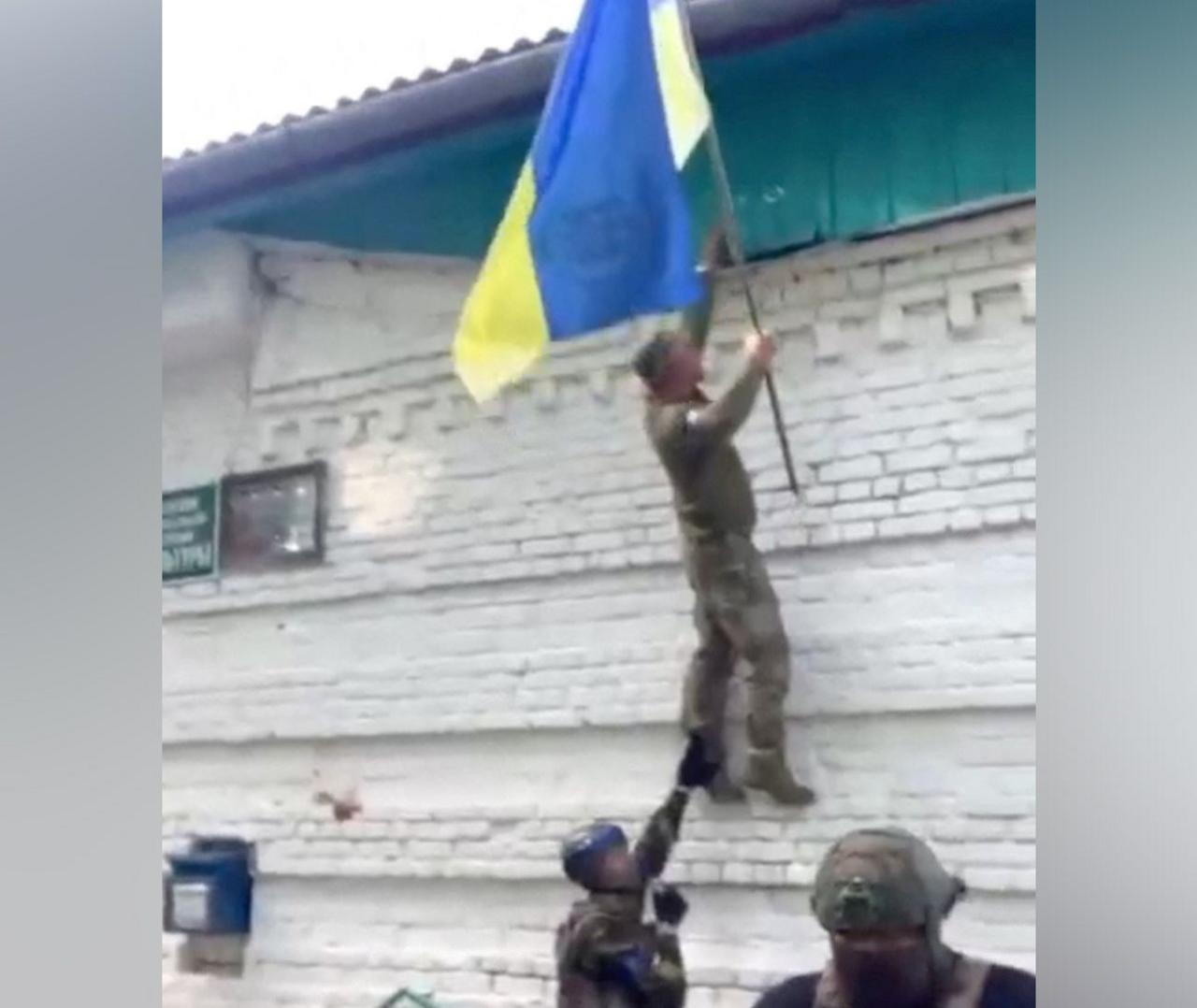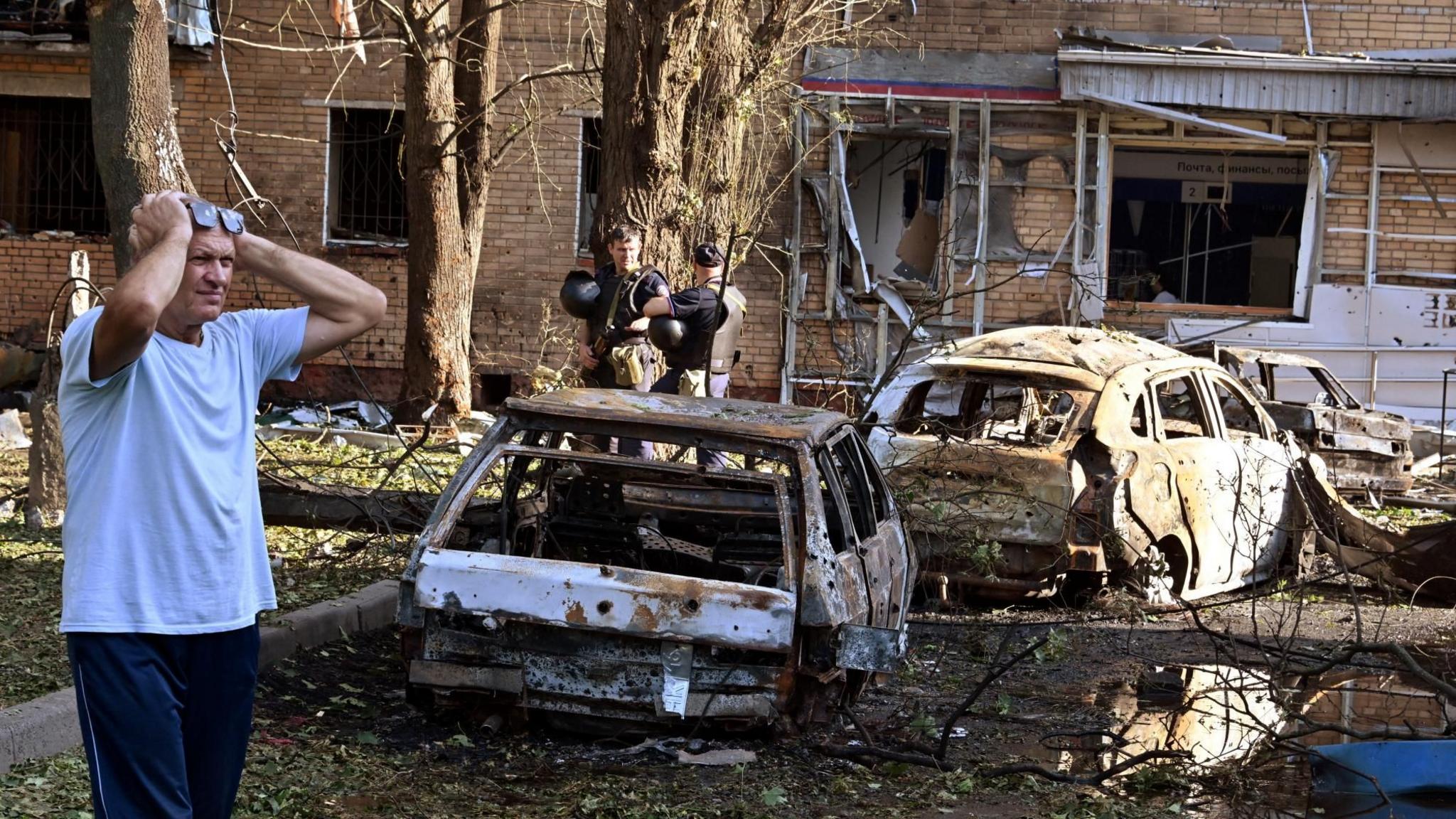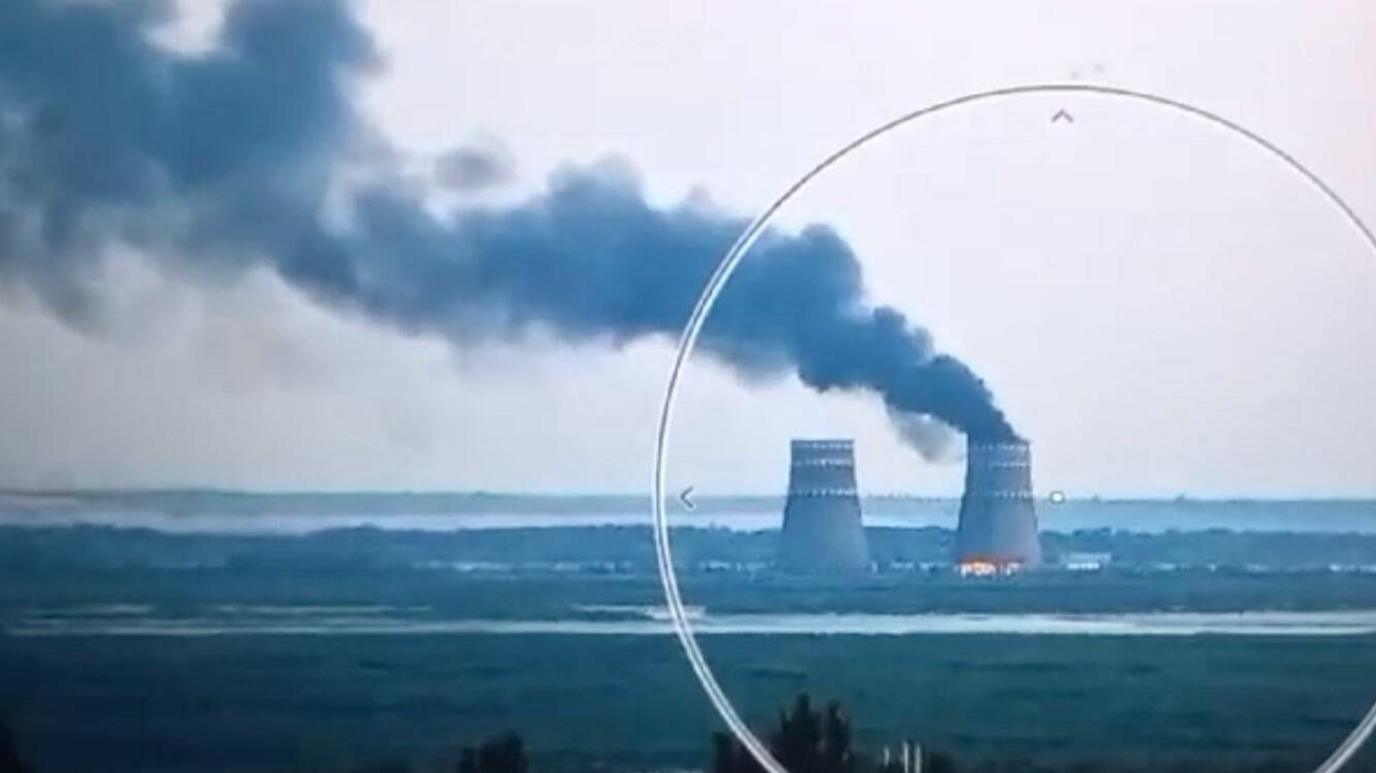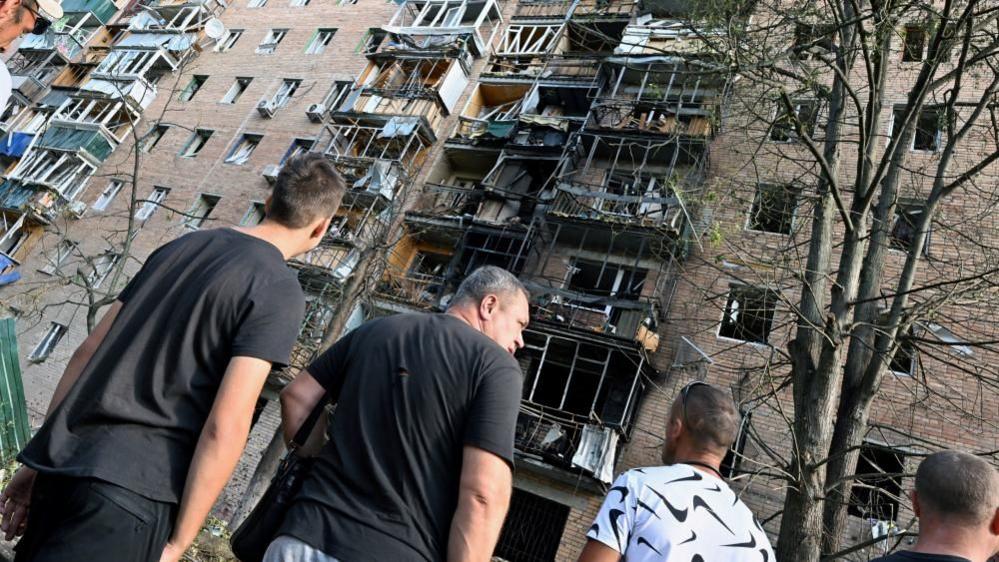This is Ukraine's boldest and riskiest move this year, where does it go next?

Ukrainian military vehicles near a crossing point at the border with Russia
- Published
Ukraine’s Foreign Ministry has announced it has no intention of permanently holding on to the small pocket of Russian territory it has seized over the last week.
But it still faces a stark choice today - whether to keep its forces there to exert maximum pressure on Moscow or to withdraw now.
Battered daily by Russia’s drones, missiles and glide bombs, its exhausted front-line forces falling slowly back in the Donbas, Ukraine was in dire need of some good news this summer.
With this extraordinarily bold and well-executed incursion into Russia’s Kursk oblast, it got it.
"The most striking thing about this incursion," said a senior British military source who asked not to be named, "is how well the Ukrainians mastered combined arms warfare, deploying everything from air defence to electronic warfare as well as armour and infantry. It’s impressive."
The Ukrainians also appear to have used some of the modern Western-supplied weaponry - like the German Marder and other armoured vehicles - rather more effectively than they did in last year’s failed summer offensive to push the Russian army out of Ukraine’s south-eastern provinces.
So where does Ukraine’s foray into Russia go from here?
There will be those on the more cautious end of the spectrum who will argue that Ukraine has already made its point, that Putin’s war of choice must now bring some pain to Russians, that despite recent setbacks on the battlefield in the Donbas, Ukraine has shown itself capable of mounting a sophisticated, combined arms assault using all the elements of modern warfare.
In other words, withdraw now with honour, having given the Kremlin a bloody nose, before Russia brings in enough forces to kill or capture the invading Ukrainians.

Footage shared on social media appears to show Ukrainian soldiers lifting their national flag in Guevo, Kursk oblast on 11 August
But withdrawal would negate two of the apparent objectives of Ukraine’s incursion, namely to put enough pressure on Russia that it is forced to divert some of its own troops in the Donbas and secondly to hold enough Russian territory to use as a bargaining chip in any future peace negotiations.
"If Kyiv holds Russian territory," says Exeter University’s Dr David Blagden, "it can bargain for the return of its own territory from a position of greater strength. Kyiv will have also sought to damage the impression of the all-powerful Putin regime among Russians and to encourage the Kremlin to seek a settlement lest they jeopardise their hold on power."
One thing is clear. The presence on Russian soil of foreign forces from Ukraine - a country that President Putin does not even think should exist as an independent nation - is intolerable.
He will throw everything he can at this problem while simultaneously keeping up the pressure on Ukraine in the Donbas and punishing its people with yet more drone and missile strikes.
His irritation was plain to see in Russian TV footage of him chairing an emergency meeting in Moscow yesterday.
So has Ukraine’s gamble paid off?
It is still too early to say. If its forces stay in place inside Russia’s borders they can expect to come under an ever-increasing ferocity of attacks as Moscow’s reaction creaks into gear.
Dr Blagden warns that "the personnel, equipment and logistics demands of attempting to sustain the incursion then hold the taken territory will be significant, especially as supply lines lengthen."
This has undoubtedly been Ukraine’s boldest move this year. It has also been its riskiest.
Related topics
- Published13 August 2024

- Published12 August 2024

